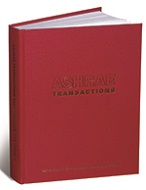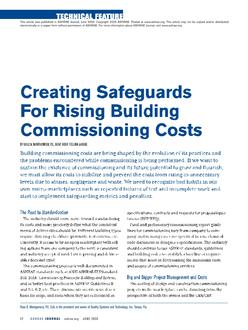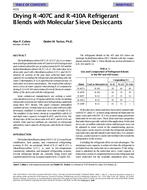A research study was conducted to investigate the risk of condensation and mold growth in 2 × 6 wood framing wall assembliesassociated with increasing the thermal resistance (R-value) of cavity insulation for various scenarios of exterior insulation products.Based on the current construction practices, a set of three wall assemblies with different types of exterior insulation systemswere chosen for field study with different R-values. In the first phase of this study, the hygrothermal model was benchmarkedagainst the test data of full-scale wood framing wall systems. The predications of the model were in good agreement with the testdata. Thereafter, the model was used to conduct parametric study to assess the risk of condensation of these wall assemblies whenthey were subjected to different air leakage rates for various climate zones. Both the numerical results and the field monitoringdata showed different behaviors of exterior insulation strategies. The results of the hygrothermal performance were expressedusing the mold index criteria, which allowed sufficient resolution to assess the risk of moisture condensation and related risk ofmold growth in the wall assemblies. The results showed, as well, that adding exterior insulation of different water vapor permeancehas resulted in lower risk of condensation and mold growth than the reference wall system (i.e., without exterior insulation).
Citation: Thermal Performance of Exterior Envelopes of Whole Buildings XIII, Conference Papers
Product Details
- Published:
- 2016
- Number of Pages:
- 19
- Units of Measure:
- Dual
- File Size:
- 1 file , 7.4 MB
- Product Code(s):
- D-BldgConf16-23


